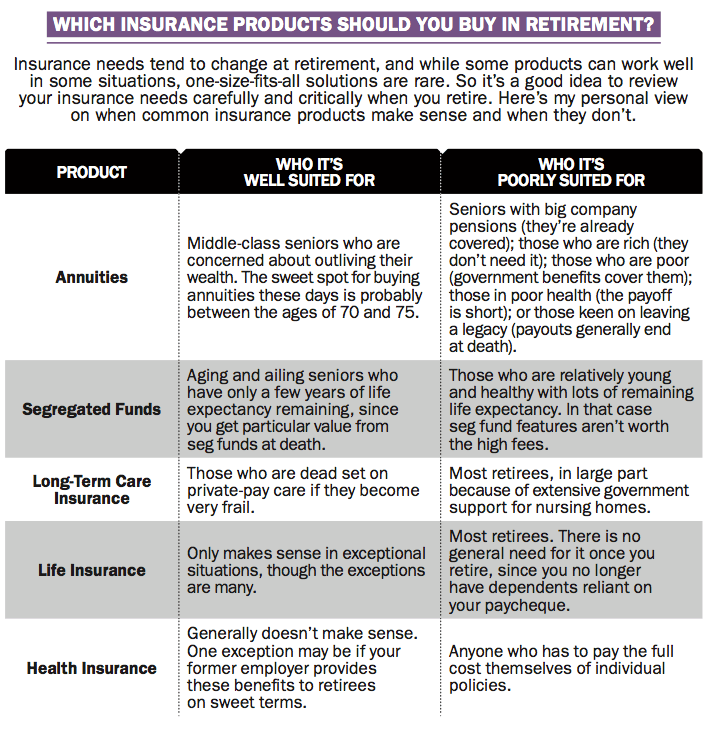Finding the right cover
Retirement planning? Decide which insurance is right for you
Advertisement
Retirement planning? Decide which insurance is right for you


Share this article Share on Facebook Share on Twitter Share on Linkedin Share on Reddit Share on Email